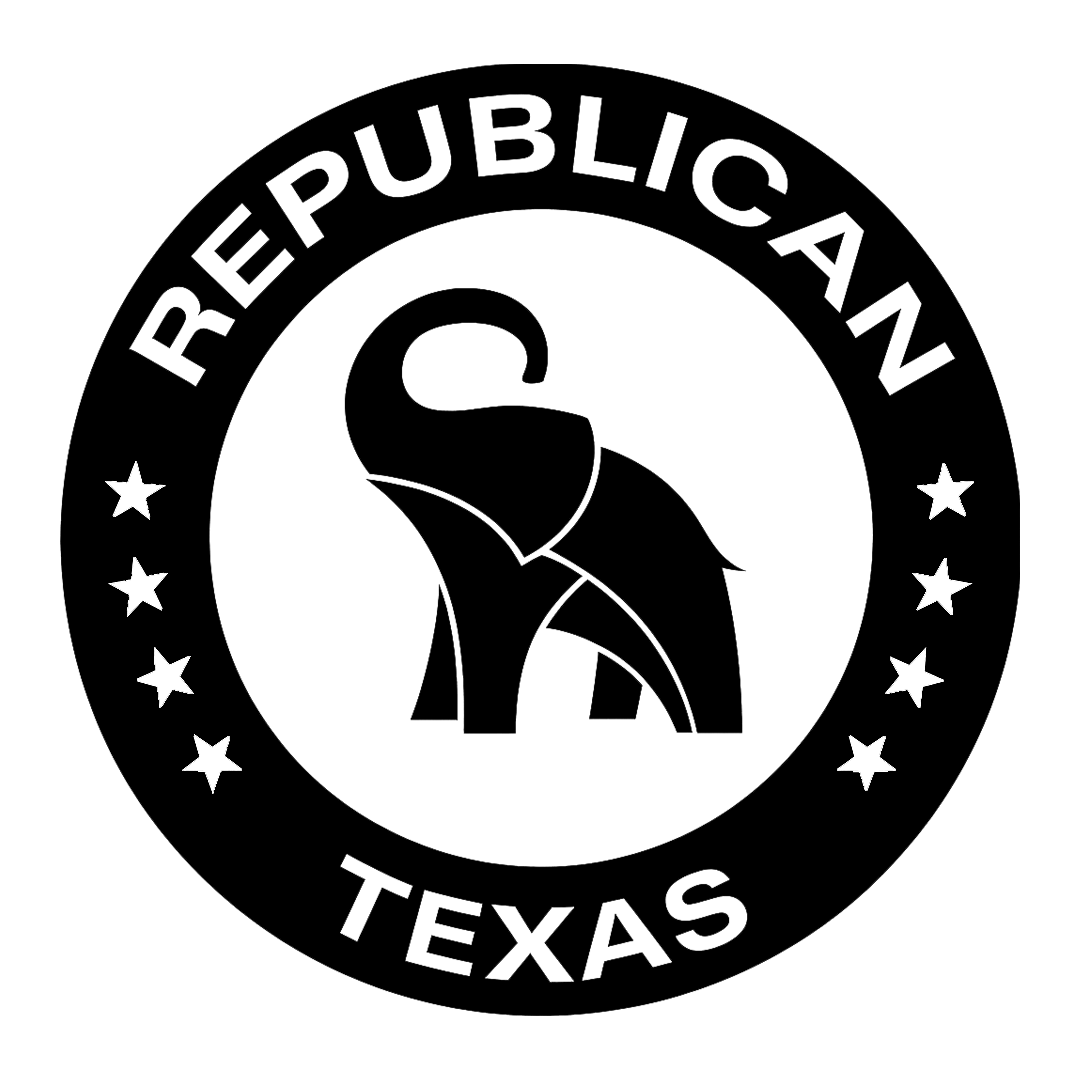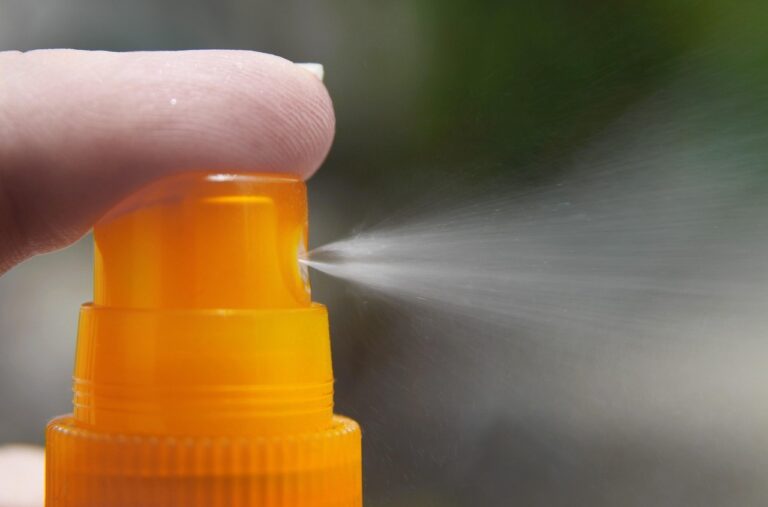The sunscreen crisis in Australia is intensifying. Authorities have now removed 18 products from store shelves over safety concerns.
Popular brands under pressure
A consumer watchdog revealed in June that several high-end sunscreens failed to deliver the promised protection. Ultra Violette’s Lean Screen Skinscreen claimed SPF 50+ but tested at only SPF 4. The company recalled the product voluntarily in August.
The medicines regulator later identified 20 more sunscreens from other brands using the same base formula. Investigators uncovered worrying flaws in their effectiveness.
Regulators issue fresh warnings
Preliminary tests showed the formula rarely reaches SPF 21. Some products may provide protection as low as SPF 4. Of 21 products named, eight were recalled or production halted. Sales of 10 others remain suspended, while two more face review. One product on the list is made in Australia but not sold locally.
Skin cancer fears drive outrage
Australia has the highest rate of skin cancer worldwide. Two in three citizens will have at least one cancerous skin removal in their lifetime. Strict sunscreen rules reflect this reality. The scandal has sparked public anger and could carry global consequences. Experts warn of failures in both manufacturing and SPF testing systems.
Base formula production stopped
Wild Child Laboratories Pty Ltd, the company behind the base formula, has ceased making it. Chief executive Tom Curnow said regulators found no faults in its manufacturing facility. He argued the discrepancies reveal a wider industry issue.
Testing methods under fire
Regulators have long debated whether SPF testing remains too subjective. In a recent update, they raised serious concerns about Princeton Consumer Research Corp, a US-based laboratory. Many sunscreen companies relied on the lab’s results to back their SPF claims.
Mr Curnow confirmed Wild Child has cut ties with the US lab. The company now uses accredited, independent testers. Regulators said all firms linked to the formula or the laboratory have been contacted. They also wrote to Princeton Consumer Research Corp but received no response.


